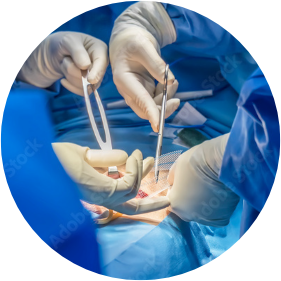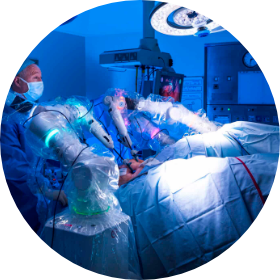Why Choose Us

Leading the Way in Hernia Care
The Australian Hernia Centre is a centre of excellence for hernia care and we treat patients with all types of abdominal wall hernias including groin hernias (inguinal and femoral), umbilical hernias, epigastric hernias as well as incisional hernias resulting from complications of previous surgery. We also diagnose and treat unusual and less common causes of abdominal wall hernias including flank hernia, traumatic hernia due to accidents/injuries, Spigelian hernias and groin pain. As well, we have a long history of surgical management of groin issues and pelvic instability within Australia’s elite sporting fraternity – otherwise known as “Sports Hernias”.

A Multidisciplinary Team
At Australian Hernia Centre we are focused on accurately diagnosing your hernia condition and any other factors that may impact on your surgery and long-term outcomes. We use an experienced team of Specialist and Allied Health Practitioners with expertise in abdominal wall anatomy and hernia diagnosis, perioperative care and pain management and post-operative rehabilitation to assist our patients with their needs.

Improving Patient Care and Outcomes in Hernia Surgery
Our Hernia Team is striving to improve the care and outcomes of patients with abdominal wall hernias and we are actively involved in hernia research. Beginning with our late founding surgeon A. Prof. Nabeel Ibrahim, our team have developed several advances that lead the world in the diagnosis and management of patients with hernias. Our research has developed improvements in Advanced Imaging Techniques and 3-D Abdominal Wall Reconstruction to improve the diagnostic accuracy of abdominal wall hernias and management of the abdominal wall before surgery We have developed and refined minimally invasive surgical techniques that have been shown to improve patient care and outcomes. We continue to evaluate and utilise emerging technologies to improve the safety and effectiveness of surgical intervention, as well as the quality of outcomes for our patients. An example of this continuous search for improvements in surgical outcomes is our increasing use of robots in the surgical setting
